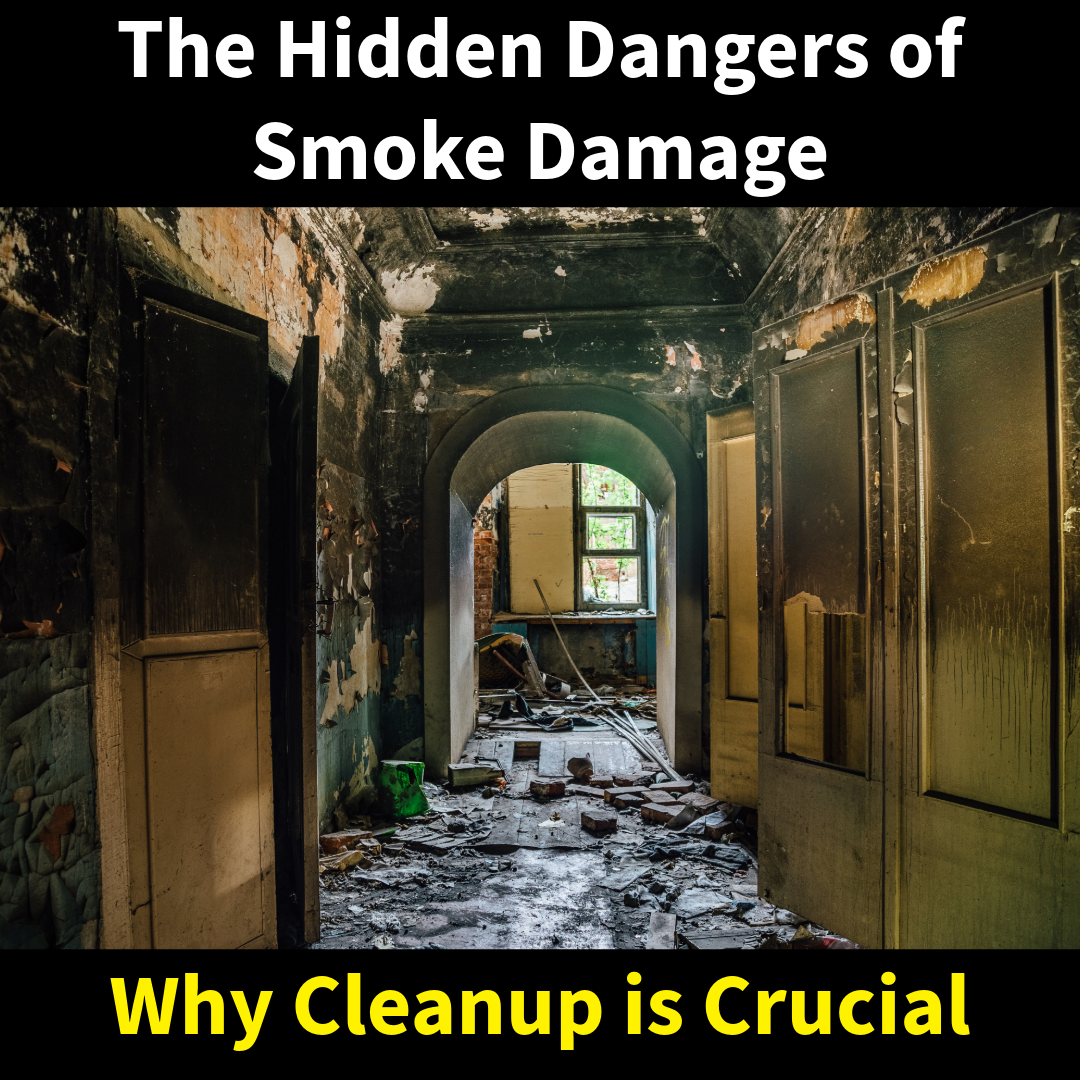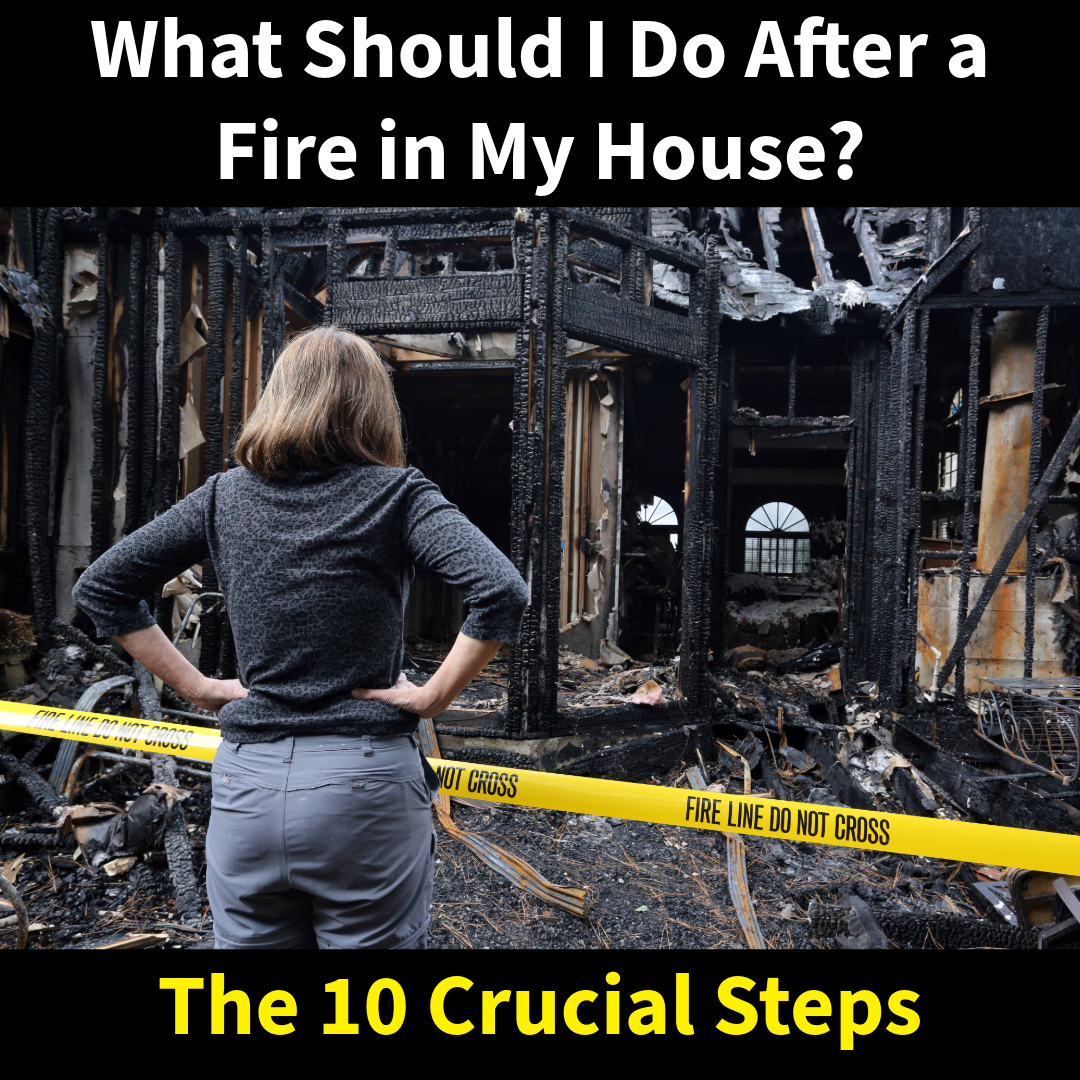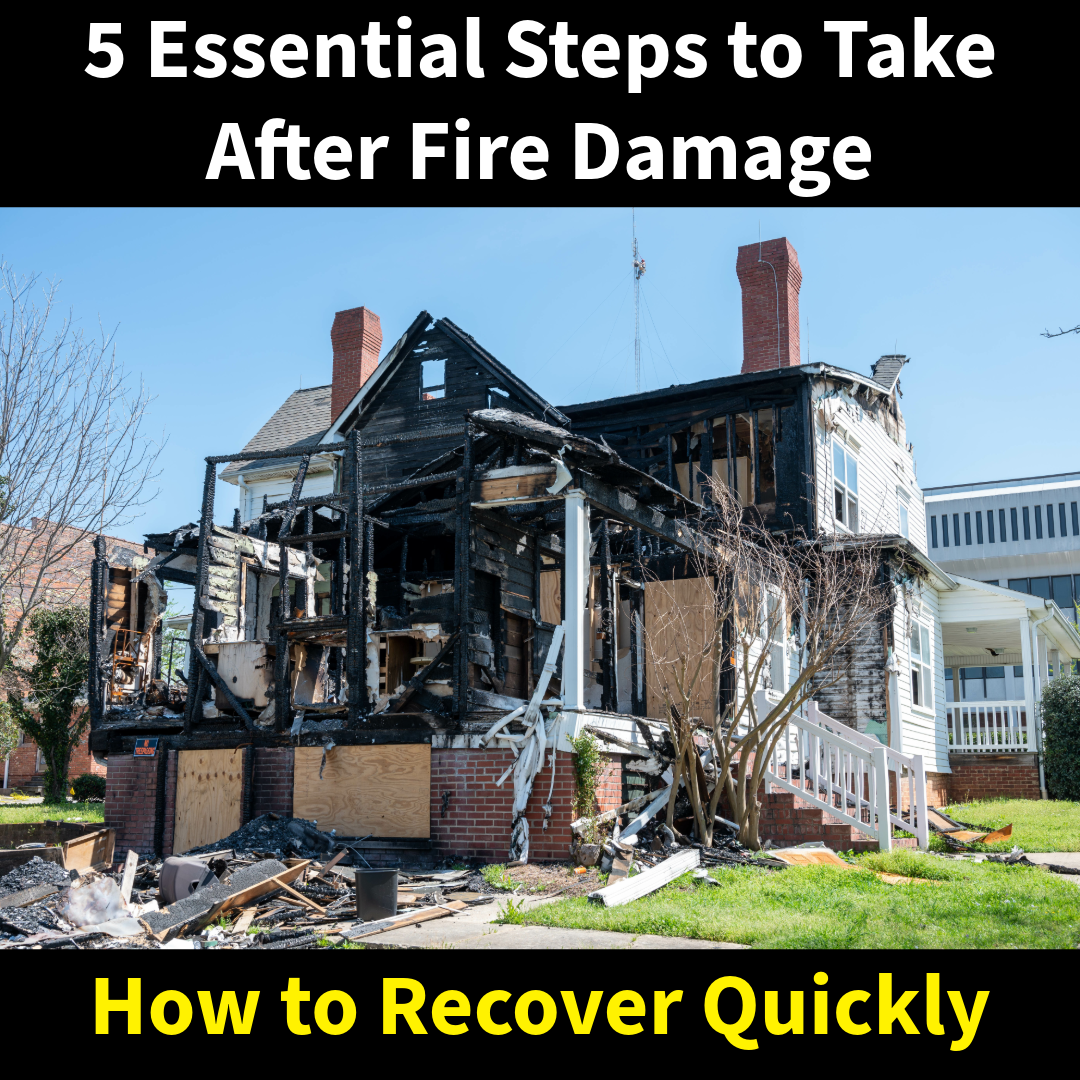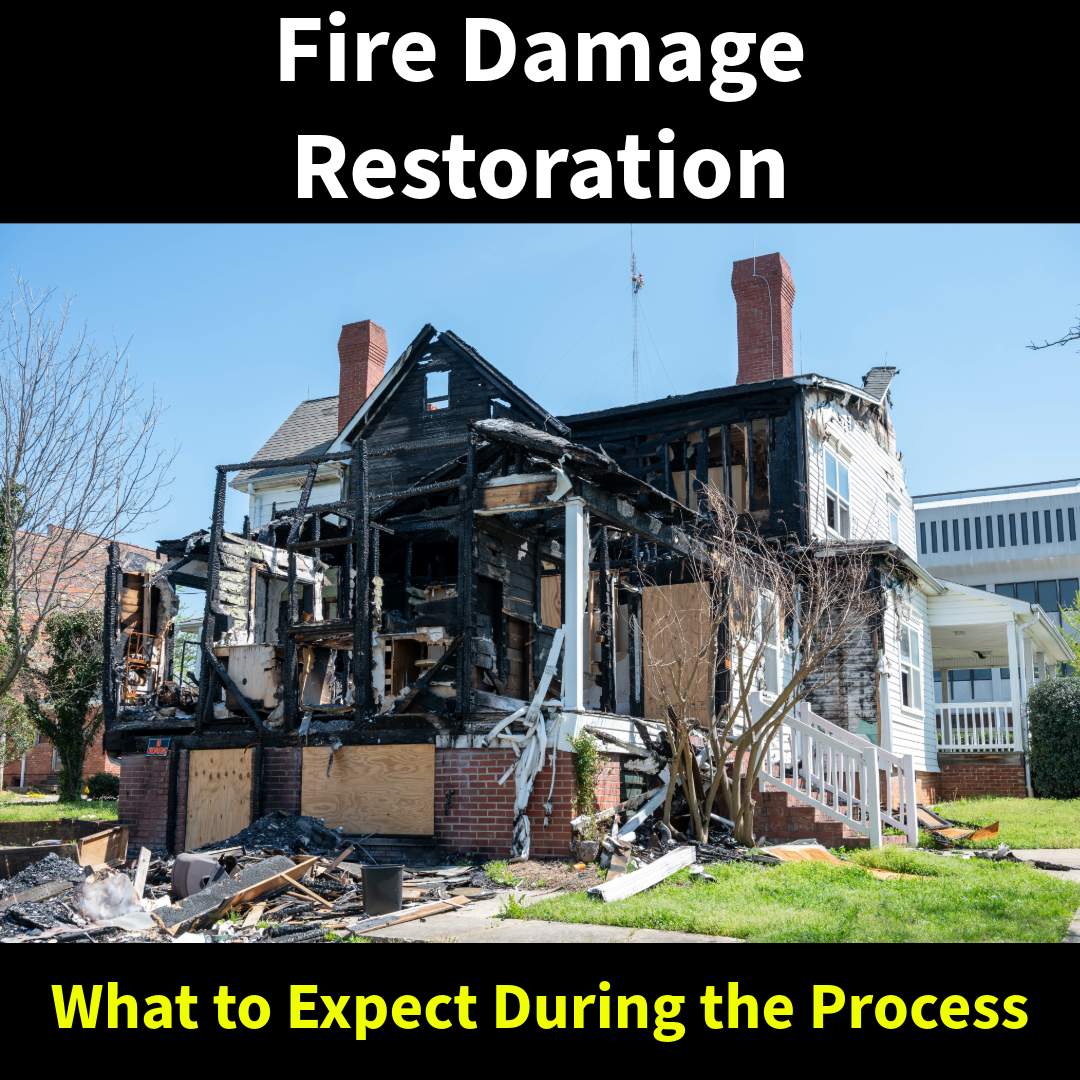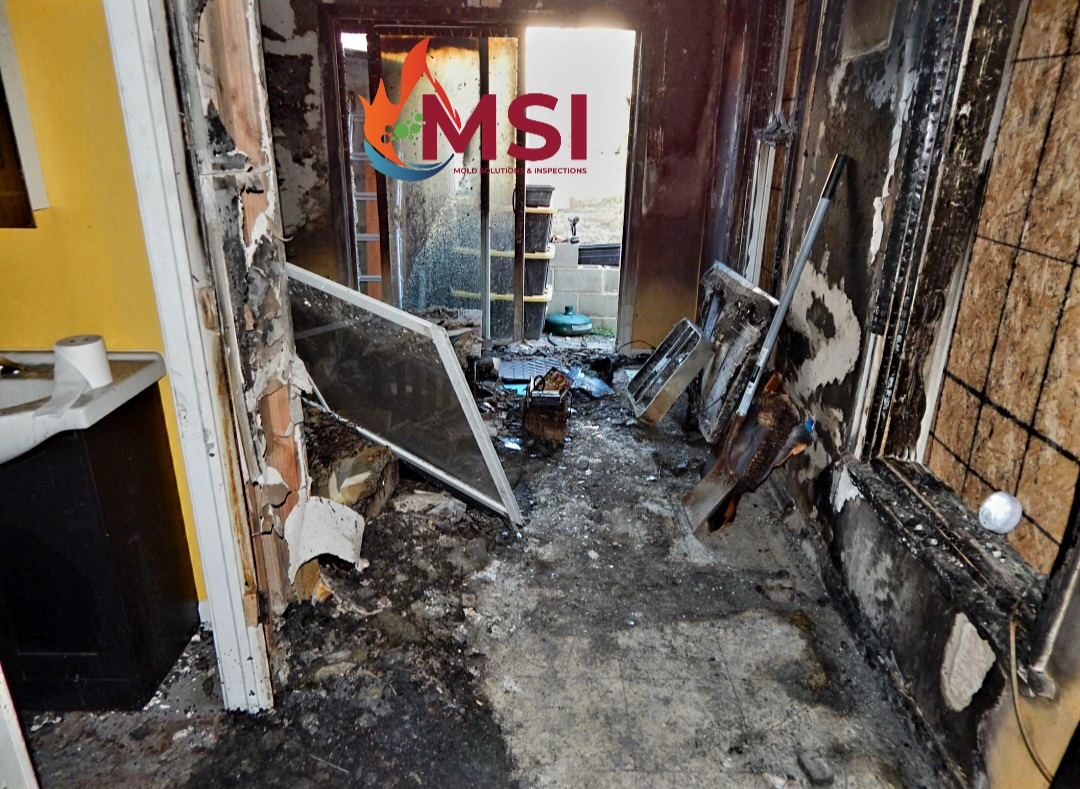When a fire occurs, the immediate focus is often on extinguishing the flames and assessing the structural damage. However, smoke damage—an often-overlooked consequence—poses serious risks to both your property and health if not addressed promptly and properly.
The Lingering Effects of Smoke Damage
Smoke damage doesn’t end when the fire is extinguished. The residual particles from smoke and soot can infiltrate every corner of your home or business, causing lasting harm. Here are some key dangers:
- Structural Damage: Smoke and soot contain acidic compounds that can corrode and discolor surfaces like walls, ceilings, and furniture. If left untreated, this damage becomes more severe over time, potentially leading to costly repairs.
- Health Risks: Tiny particles in smoke can linger in the air, posing respiratory risks when inhaled. Prolonged exposure to smoke residues can irritate the skin, eyes, and throat, and may exacerbate conditions like asthma or other respiratory issues.
- Lingering Odors: Smoke particles often embed themselves deep into porous materials such as carpets, upholstery, and even drywall. Without thorough cleaning, these odors can persist indefinitely, making your space uncomfortable and uninviting.
- Electrical and Appliance Hazards: Soot can infiltrate electrical components and appliances, increasing the risk of malfunctions or even electrical fires.
Why Professional Smoke Damage Cleanup is Essential
Proper smoke damage cleanup requires more than just surface cleaning. Here’s why hiring a professional fire restoration service is crucial:
- Thorough Assessment: Professionals can identify the full extent of the smoke and soot damage, even in hidden areas.
- Advanced Cleaning Techniques: Experts use specialized tools and cleaning agents to effectively remove smoke residues, neutralize odors, and prevent further damage.
- Health Safety: Certified technicians have the training and equipment to handle hazardous residues safely, protecting you and your family.
- Faster Restoration: A professional team can restore your property more efficiently, helping you get back to normal life sooner.
Protect Your Property and Health
Smoke damage is more than a cosmetic issue—it’s a serious hazard that demands immediate attention. If your property has been affected by a fire, don’t wait to address the aftermath.
At Mold Solutions & Inspections, we specialize in comprehensive fire restoration and smoke damage cleanup services. Serving Pennsylvania, New Jersey, and Delaware, our experienced team uses advanced techniques and equipment to ensure your property is thoroughly restored and safe. We prioritize your health, safety, and peace of mind every step of the way.
Contact Mold Solutions & Inspections today to schedule your smoke damage cleanup. Let us help you recover your property and restore normalcy with the care and expertise you deserve.
